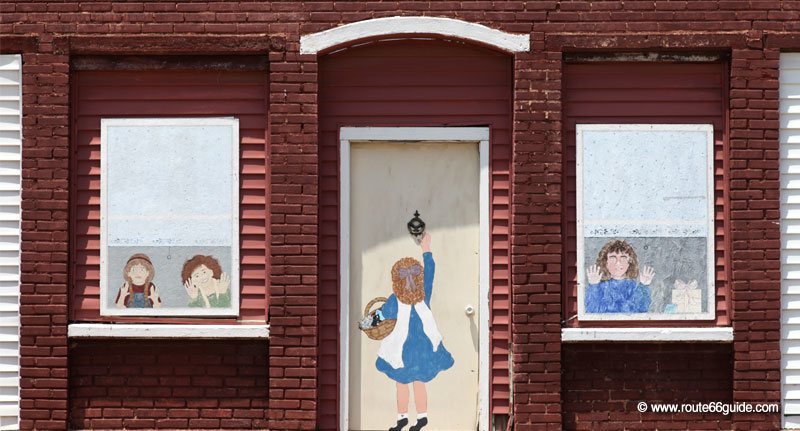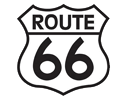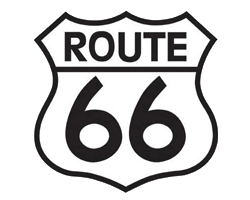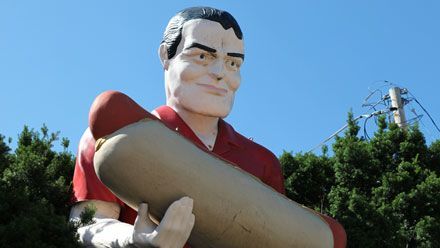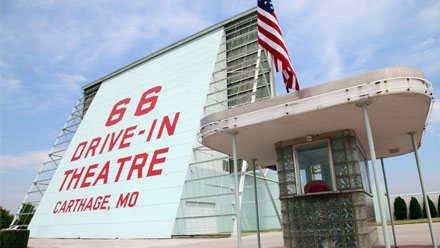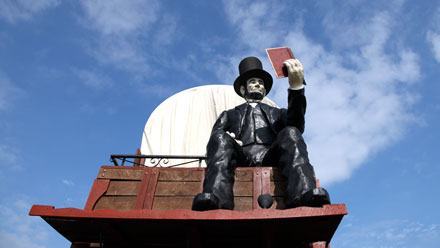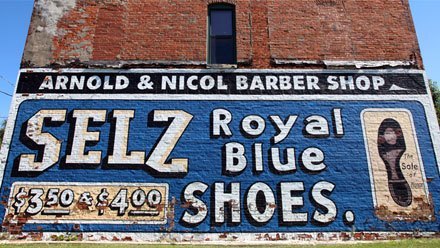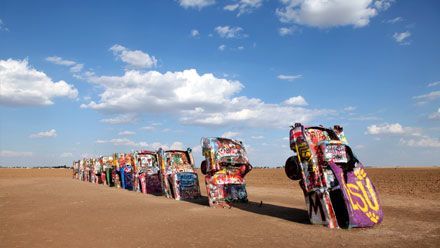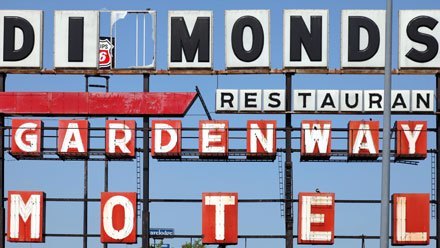Route 66, a family icon
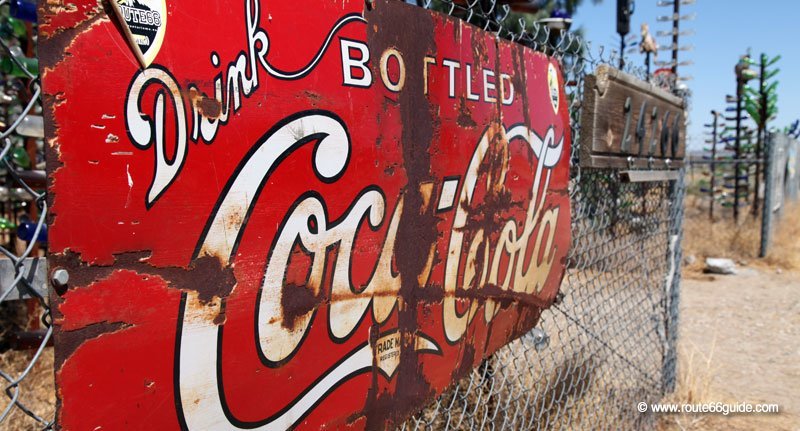
The post-war period turns Route 66 into a "baby boomers" route, a route awash with family cars as major summer holidays arrive. And along the way, advertisers understood that the fastest way to the dad’s/mum’s wallet is through children. Thus, at the turn of the 1950s, Route 66 turns into an extraordinary, open-air amusement park where everything is geared towards children's entertainment.
For them, wonder arises at the corner of every street, every junction, every motel, every dinner, and every billboard.
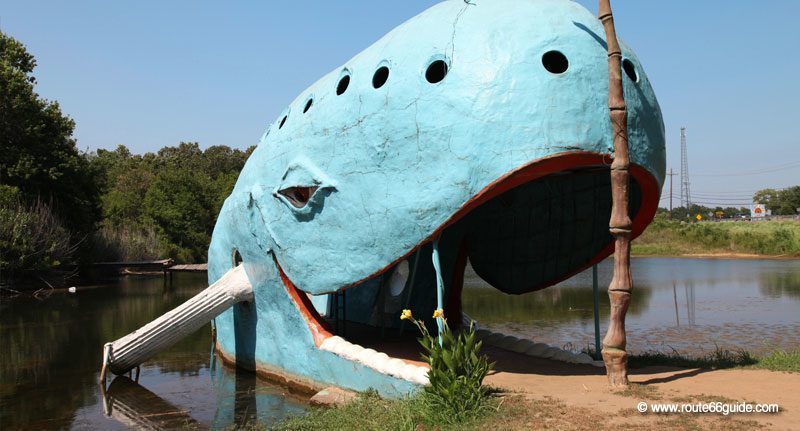
Municipalities show a smashing humor and water towers, emblems of cities in the United States as visible from afar, are adorned with a thousand gags to amuse and attract travelers: in Atlanta, Illinois, the water tower takes the form of a bright yellow Smiley, in Groom, Texas, the slanted water tower seems on the verge of collapse; the first price, however, probably goes to St. Clair, Missouri and its two water towers, a hot and a cold one!
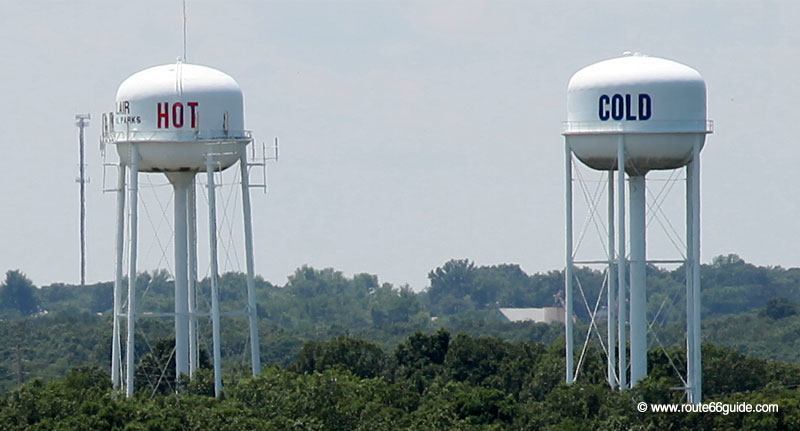
"Come on daddy, stop here! " - yell the kids in the back while juke boxes play popular tunes in pastel formica diners, whales change into pools and motels are housed inside teepees.
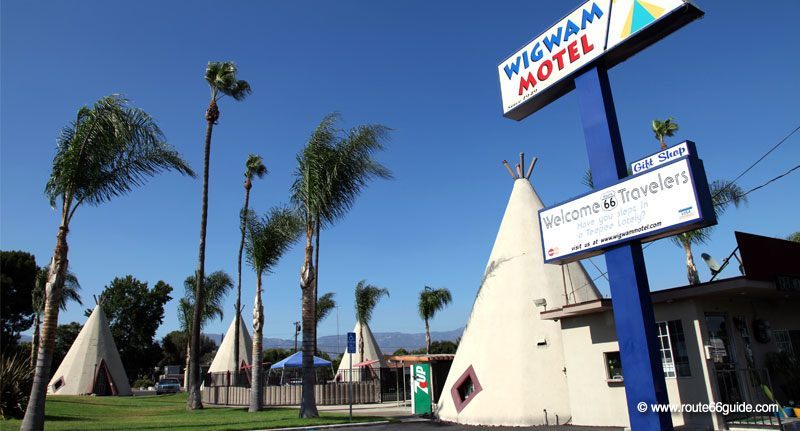
This was a time of carefreeness, longing for the west, holiday, and mobility. Nat King Cole sang then: "If you ever plan to motor west, travel my way, take the highway that's the best. Get your kicks on route sixty-six ... ".
